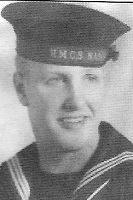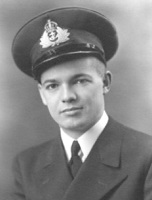|

HMCS
NANAIMO K101
Flower
Class Corvette
|
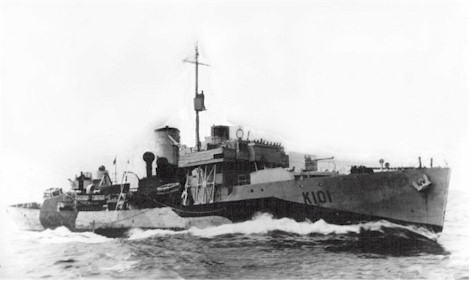
HMCS NANAIMO K101
Source: Ships and Harbours Photos / Lorne
Norman
|
|
Battle honours and awards: Atlantic
1941-44, Gulf of St. Lawrence 1944
|
|
Laid down: 27
Apr
1940
Launched: 28
Oct 1940
Commissioned: 26
Apr 1941
|
Paid off: 28
Sep 1945
Fate:
Sold for commercial use in 1953. Broken up in 1966
|
Commissioned at Esquimalt on 26
Apr 1941, NANAIMO arrived at Halifax on 27 Jun 1941 and for the next three months
carried out local duties. In Oct 1941 she was assigned to
Newfoundland Command, leaving Halifax on 11 Oct 1941 to join convoy
SC.49 for Iceland, her first trip as an ocean escort. After three
round trips to Iceland, she escorted SC.68 to Londonderry in Feb 1942. Her return trip with ON.68 was to be her last
Atlantic crossing, for in Mar 1942 she was reassigned to WLEF.
16 Jun 1942 - The sinking of the SS
Port Nicholson: The Port Nicholson formed part of convoy XB 25, one of the
coastal convoy routes between Halifax Harbour and Boston. She was under the
command of her master, Harold Charles Jeffrey, and was carrying a cargo of
1,600 tons of automobile parts and 4,000 tons of military stores. The convoy
was tracked by the German submarine U-87, commanded by Joachim Berger. At
4.17 hours on the morning of 16 June 1942 he fired a torpedo at the convoy,
which was then 100 miles (160 km) off Portland, Maine. He fired a second
torpedo a minute later, but the gale conditions at the time prevented him
from observing the results accurately, and he recorded that while one
torpedo had hit a ship, the other seemed to have missed. In fact, both
torpedoes struck the Port Nicholson, the first in the engine room, the
second in the stern. Two men in the engine room were killed immediately, and
as the Port Nicholson began to settle by the stern, the remaining crew
abandoned ship and were picked up by the Royal Canadian Navy corvette HMCS NANAIMO. The Port Nicholson did not sink immediately, and by dawn was still
afloat. Her master returned to the ship, accompanied by the chief engineer,
and Lieutenant John Molson Walkley and three ratings from NANAIMO, to see if
the ship could be salvaged. While they were aboard, worsening weather caused
the ship to suddenly start to sink. The party abandoned her, but their boat
was overturned in the suction as Port Nicholson went down, drowning Jeffrey,
Walkley, the chief engineer and a rating. The two surviving ratings were
rescued by NANAIMO, which landed the survivors from Port Nicholson at
Boston.
With the
formation of escort groups in Jun 1943, NANAIMO became a member of EG
W-9, transferring to W-7 in Apr 1944. In Nov 1944, she was
allocated to Pacific Coast Command, arriving at Esquimalt on 07 Dec
1944. There she underwent a refit that lasted until 21 Feb 1945 but left her one of the few corvettes to survive the war
with a short fo'c's'le. She was paid off for disposal at Esquimalt
on 28 Sep 1945, and subsequently sold for mercantile use. Converted
to a whale-catcher at Kiel in 1953, she entered service as the
Dutch-flag Rene W. Vinke, finally being broken up in South Africa in
1966.
Photos and Documents
Ship's
company photos
Commanding Officers
|
LCdr Hugh Charles Campbell Daubney,
RCNR - 26 Apr 1941 - 07 Oct 1941
Lt Thomas James Bellas,
RCNR - 08 Oct 1941 - 20 Aug 1942
Lt E.U. Jones,
RCNR - 21 Aug 1942 - 10 Oct 1943 |
Lt J.E. Hastings,
RCNR - 11 Oct 1943 - 09 Oct 1944
Lt Reginald Curren Eaton,
RCNVR - 10 Oct 1944 - 02 Mar 1945
LCdr Walter Redford,
RCNR - 23 Mar 1945 - 28 Sep 1945 |
 In memory of those who made the ultimate sacrifice
In memory of those who made the ultimate sacrifice

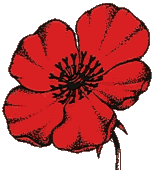 Lest We Forget
Lest We Forget 
 In memory of those who have crossed the bar
In memory of those who have crossed the bar 
They shall not be
forgotten
|
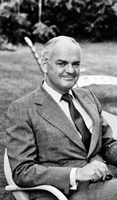
Aird, Peter
|

Berthelet,
Alfred Z.
|

Boicey,
Orville
|
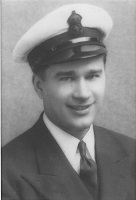
Brodie John
C.
|
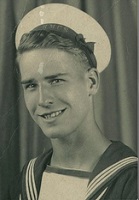
Caton,
William M.
|
|

Ferguson,
William I.
|

Guest,
Earlton G.
|
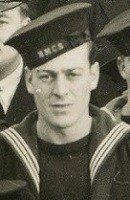
Hulbert, John
A.
|
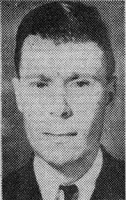
Jones,
William J.
|

Jordan, Russell
H.
|
|
Lazich,
Samuel J.
|
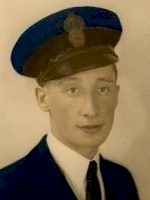
Lowe,
James E.
|

Lysens, P.
Paul
|

Mann, Dennis
H.
|
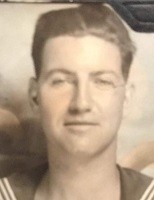
Mathers,
George
|
|

McFarland,
Walter
|
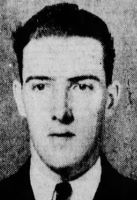
McNeil,
Donald B.
|

McNevin,
Sydney R.
|

Montgomery,
William L.
|
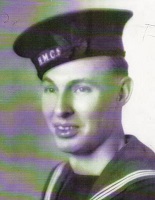
Norman,
Lewis |
|

Norman,
Raymond
|

Pickels,
Aubrey R.
|

Rogers,
Douglas L.
|

Sherienko, William P.
|

Sommerville,
Wilfred J.
|
|

Sunnus,
Cyril A.
|

Swimm,
Waldo G.
|

Tedford,
Jack
|
|
|
Former Crew Members
|
Bridgman,
Montague Arthur Weaver, Lt, RCNVR - 26 Apr 1941
Brodie,
John
Curran,
James Maurice, Lt, RCNVR - 18 Mar 1944
Fletcher,
Duncan Arthur, SLt, RCNVR - 26 Jul 1943
Fowler,
William Horace, Lt, RCNVR - 21 Jun 1943
Garven,
Alexander Smith, Lt, RCNVR - 22 Jul 1943
|
Harvey,
William Grant, SLt, RCNVR - 24 Jun 1942
Hodgkins, Arthur Moulton
Heathcote, Lt, RCNVR - 19 Apr 1942
Humphries,
James Gordon, Lt, RCNVR - 04 Jun 1944
Hunter,
Roderick Oliver, SLt, RCNVR - Jan 1943
Kightly,
Arthur Victor, Mate, RCNR - 26 Apr 1941
Lefebvre,
Pierre Adolphe, Lt, RCNVR - 02 May 1945
|
Lillis,
Albert Melville, SLt, RCNR - Jan 1944
Lort,
Roger Anthony Hutton, SLt, RCNVR - 26 Apr 1941
Ostler,
William Leonard, Lt, RCNVR - 22 Mar 1943
Turner,
John Hyde (Haig??), Lt, RCNVR - 20 Mar 1944 / 02 May 1945
|
Photos and
Documents
|

|
HMCS NANAIMO K101
|
|

|
HMCS NANAIMO K101
From the collection of James Lowe
Courtesy of Kathleen Lowe
|
|

|
HMCS NANAIMO K101 in rough seas
From the collection of James Lowe
Courtesy of Kathleen Lowe
|
|

|
HMCS NANAIMO K101 in rough seas
From the collection of James Lowe
Courtesy of Kathleen Lowe
|
|

|
Sailors by the gun mount on HMCS NANAIMO K101
Note the gunshield art
DND/RCN photos
|
|

|
Convoy seen from HMCS NANAIMO K101
From the collection of John Brodie
Courtesy of Bill Brodie
|
|

|
Unknown merchantman - convoy 1941
From the collection of John Brodie
Courtesy of Bill Brodie
|
|

|
SS Port Nicholson sinking after being torpedoed
by U-87 16 Jun 1942
while part of convoy XB.25, Halifax to Boston
From the collection of John Brodie
Courtesy of Bill Brodie
|
|


|
HMCS NANAIMO K101 on the slips in Halifax, NS
for refit - Jul-Aug 1942
From the collection of John Brodie
Courtesy of Bill Brodie
|
|


|
Depth charge exploding astern of HMCS NANAIMO K101 - 1942
From the collection of John Brodie
Courtesy of Bill Brodie
|
|

|
SBA John Brodie on HMCS NANAIMO K101 wearing a
Mae West life belt - 1942
From the collection of John Brodie
Courtesy of Bill Brodie
|
HOME PAGE SHIP INDEX
CONTACT
|



